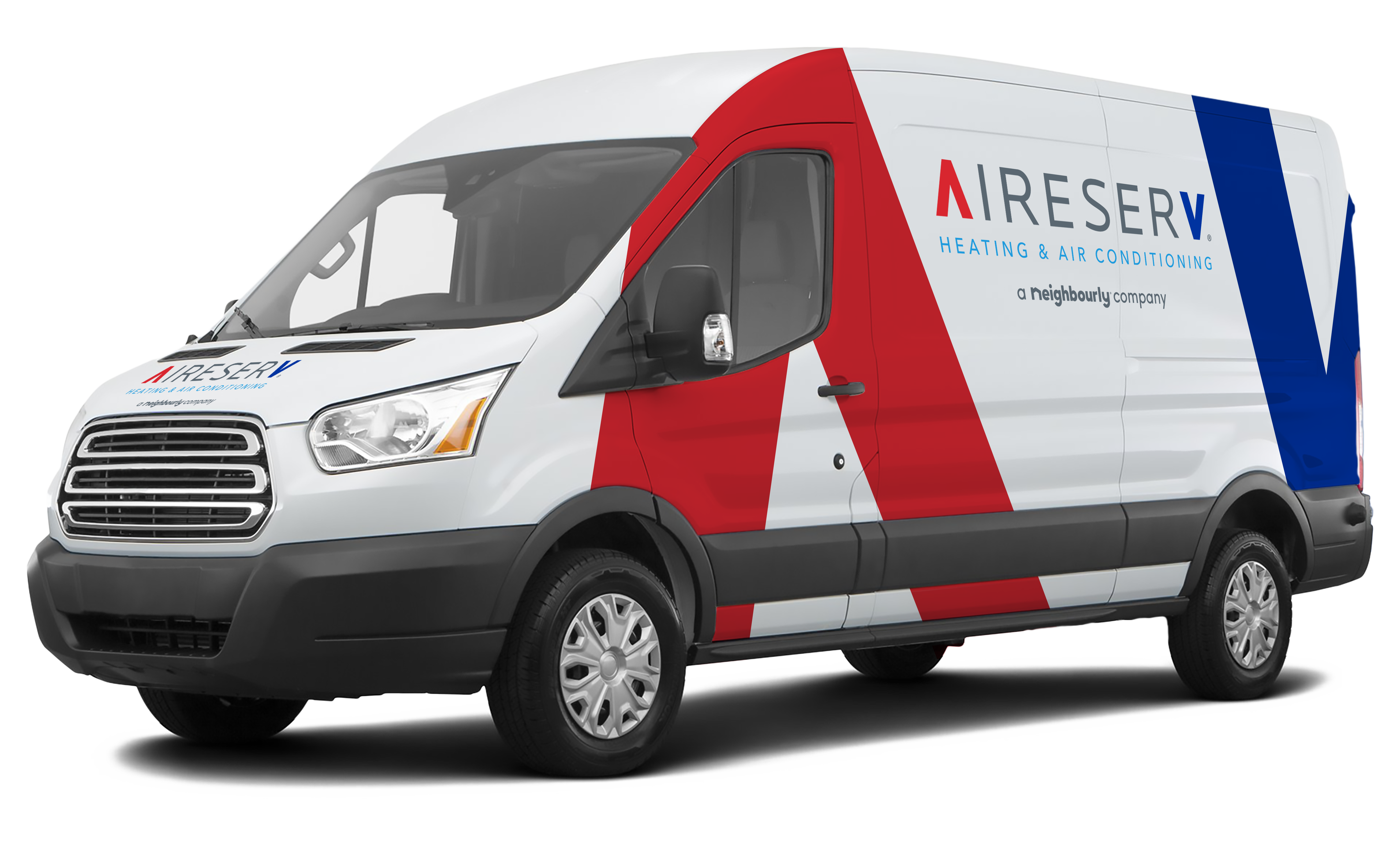
Draining a water heater is an important maintenance task often neglected by homeowners. As sediment and minerals build up within your water heater, you might notice a reduction in energy efficiency, clogs in water fixtures, hot water shortages, or your water heater breaking altogether.
In order to promote the longevity of your water heater, it should be drained at least once every year. Over time, sediment, or minerals such as calcium and magnesium, settles in the bottom of your water heater. A little bit of sediment doesn't hurt anything, but after several years without draining your water heater, sediment can cause a hot water shortage or worse, a burst water heater tank.
Draining your water heater to remove built-up sediment is an easy task that you can cross off your to-do list in about an hour. Follow these instructions for how to drain your water heater:
- Turn off the water heater and water supply. If your water heater is electric, turn off the circuit breaker at the main breaker panel to disconnect the electrical power supply. If the water heater is gas powered, turn the control knob to the pilot position. To shut off the water supply, close the cold-water supply valve on the water heater.
- Turn on the hot water. At a nearby faucet in the house, turn the hot water on full blast and let it run while you drain the water heater. This prevents a vacuum from forming in the water lines and allows the water heater to drain more easily.
- Hook up a drain line. Make sure the drain valve on the water heater remains closed. Wearing protective gloves, attach a garden hose to the drain valve opening and run the hose to 1) a nearby basement floor drain (must be covered with a colander to catch sediment), 2) somewhere outside, or 3) an empty bucket. If your water heater is in a basement or anywhere below ground, thanks to gravity issues you’ll need a portable pump to extract the water. This also means using two hoses (one to run to the pump from the water heater and one to run from the pump to a driveway or downhill slope). If you spot any leaks at the connection between the hose and the water heater, tighten the hose using pliers.
- Open the drain valve to vacate the water and sediment. Using caution (the water can be scalding hot), slowly open the drain valve to allow water and sediment to flow out of the water heater and into your hose. If water doesn’t flow out immediately, the valve may need to be loosened using a flathead screwdriver. Let the water run for about ten minutes on full blast. Use a colander to catch any sediment if you’re allowing the contents of the heater to flow down a drain. If you’re draining into a bucket, don’t forget to empty it as needed to avoid overflowing it. Once you’ve drained all the water from the tank, briefly turn on the cold-water supply to the tank to stir up any remaining sediment. Repeat this process until the water runs clear.
- Shut it down. Once the water from the tank runs clear of sediment, close the water heater drain valve and remove the hose. Turn the cold water supply back on and allow the tank to re-fill. Return to the faucet that you turned on to run hot water in step 2 and once the water runs cold, turn the faucet off. On the water heater tank, turn the gas valve back on from the pilot position or turn the electricity back on. Once you've closed the drain valve, check the drain valve opening for water leaks. If there are leaks, it’s time to call in the professionals at Aire Serv™ for backup.
Just like the rest of your home, water heaters need regular maintenance. Draining your water heater is an easy way to keep it running smoothly and prolong its life.
No matter the type, brand, or age of your water heater, the licensed technicians at Aire Serv can perform water heater repair (and replacement) as well as the preventative maintenance like an annual water tank flush that saves you time and money.
If your water heater isn’t functioning properly, your local Aire Serv can help you determine whether your ageing water heater needs repair or is a suitable candidate for replacement. Call Aire Serv today for 24/7 emergency service or schedule a free estimate online.

